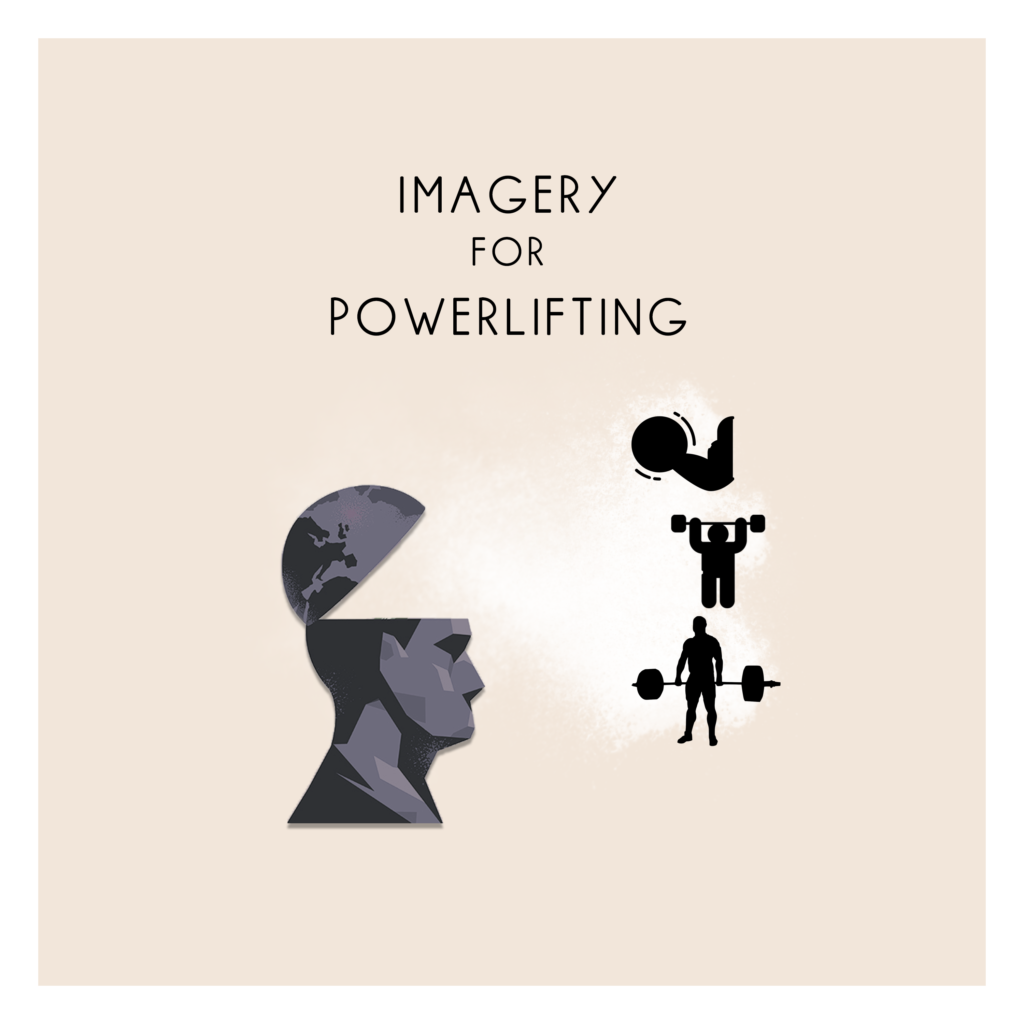
TAN “CAIFAN” WEI YING
Wei Ying is a mixed vegetables rice connoisseur who can solve a Rubik’s cube while squatting his max. He is also an associate Psychologist who did his thesis on music in powerlifting at NUS. His keen interest in muscle dysmorphia (bigorexia) and sports psychology inspires him to bring more awareness on sports psychology and mental health into the realm of resistance training. With 7 years of experience in powerlifting, Wei Ying has contributed greatly to the community as the current President of Powerlifting NUS, the Vice-President of TheGymNation, an IPF referee. He also organized the first-ever Test of Strength (2018).
what is imagery?
Have you ever laid in bed at night, vividly running through your deadlift PR you broke that day? How about the night before a meet where you projected pulling a 300kg deadlift for the win? I know I have, which might sound obsessive to some, but it’s really just a form of imagery.
Vealey and Greenleaf (2010) define imagery as “using all the senses to create or re-create an experience in the mind”. Effective imagery has been shown to aid motor learning/performance, problem-solving, anxiety management, self-confidence, and injury rehabilitation (Guillot & Collet, 2008). Performance benefits associated with imagery has been demonstrated across a wide array of sports – swimming, basketball, volleyball and resistance training. In powerlifting, you can use imagery to improve your form, cope with pre-competition jitters, and aid your injury rehabilitation process.
enhancing sport performance
Research has shown that imagery can benefit resistance training. Lebon et al. (2010) found significant improvements in leg press performance in maximal voluntary contractions and AMRAP ability in an imagery intervention group versus a control group. After six weeks, both groups recorded improvements in strength, but the imagery group yielded a 5% increase over the control group. Other researchers also found strength improvements in bicep curls, leg extensions and bench press (Di Rienzo et al., 2015; Scholefield et al., 2015; Lebon et al., 2010).
How does this work? Is it steroids???
Meatheads like us have to use our brains sometimes when we lift too. As powerlifters, we can only do so many reps (nothing more than 3 sets of 5 for me) before feeling physically fatigued. With imagery, we can continue doing these “reps” in our head. Let’s say you are trying out a new accessory exercise, (maybe a Bulgarian split squat, for example) that you can’t seem to coordinate your joints to do it right. Before the training session or even between sets, imagery helps you visualize and prime your movement to make it flow better. When you actually do the exercise, it’s just like you’ve done it a million times before.
Imagery can also improve performance by reducing exercise apprehension (Lebon et al., 2018). Ever opened a training programme from your coach and see an exercise that you absolutely detest (*hint* 6-1-0 tempo squats)? Imagery can enhance the technical execution of the exercise and your motivation to perform it. The authors reasoned that with less apprehension, you are likely to approach the movement with the right frame of mind and gain more from it.
enhancing competition-related thoughts and emotions
It’s a well-known fact that your gym PR doesn’t count unless you do it in competition, but the many competition demands reduce our ability to perform at our peak. Fear not, imagery has been used by athletes from various sports and competitive levels to attain peak performance. Research has shown that imagery can enhance athlete’s self-confidence, motivation, attentional control, and change perception of competitive anxiety from debilitative to facilitative (Callow et al., 2001; Beauchamp et al., 1996; Calmels et al., 2004; Cumming et al., 2007). This works by focusing your attention to meet the demands of competition. For example, in competition, our minds often race, which makes us feel flustered, resulting in a cycle of negative thoughts. Imagery helps us to re-focus our attention on specific areas which require attention. Rather than thinking about the hundreds of eyes staring at you while you squat, if you imagine yourself listening to the judge’s commands and breaking your hips as you descend, you redirect your attention towards the task instead. In addition, imagery can help you psych up or calm down, depending on the content of your imagery.
It is crucial that the content of imagery doesn’t include content that has failure, as it can result in worse performance (Short, 2002). In competition, imagery should be used to respond to stressors in a facilitative manner rather than imagining all the terrible things that could happen. Instead of thinking about what you shouldn’t do, choose more positive perspectives. For example, you weigh in 600g over your weight class, but rather than thinking about how you shouldn’t panic, imagine how you would respond instead. Try to imagine how you will respond in critical situations like these and include this in your imagery training leading up to competition.
imagery for injuries
We all know how injuries can devastate us as powerlifters. They say if you haven’t been injured before, you aren’t a real powerlifter – I tore a callous once, so I think I know what I’m talking about. Jokes aside, injuries can be devastating because it stops us from doing the things we love!
Imagery has been shown to potentially enhance pain management, motor recovery and increase adherence to rehabilitation programmes. This could be very beneficial in powerlifting since many injuries take a long time to recover from and often sidelines us from the gym altogether. Imagery would allow you to practice your usual SBD movements outside of the gym, just as though you were right there in the gym. This productive mindset increases your motivation levels to recover and get back in the gym instead of spiraling down a road of self-pity. You could also use imagery on the rehabilitation exercises prescribed for your injury, just like how you would with any other exercise.
Research has also found that imagery can aid in the reduction of pain together with a rehabilitation programme. Two groups of participants with shoulder impingements were compared, where one group (intervention) received 10 sessions of imagery training, physical therapy treatment and anti-inflammatory drugs, while the control group only received treatment-as-usual (Seiwe et al., 2011). The imagery group reported a near-complete reduction in pain compared to the control group, who reported minor pain after the intervention.
Since imagery is a non-invasive and risk-free treatment modality, the potential benefits certainly outweigh the risks. It could be implemented together with rehabilitation programmes to facilitate and hasten recovery from injury.
how do i use imagery?
The first thing athletes must understand is that imagery is not effective for everyone. Individual imagery ability varies among athletes; hence those with better abilities might yield more significant benefits. However, that doesn’t mean you shouldn’t give it a shot! Here’s how you might enhance your current imagery techniques to make more gains.
Imagery used should closely mimic neurophysiological processes during competition as it would be more effective than simply imagining a movement (Holmes & Collins, 2001). You should try to fully re-create the competition experience from all senses, not the visual aspect only. This can be done systematically through the PETTLEP model, which takes into account the physical nature of the task, environmental conditions, type of task, timing of the movement, learning of the movement and progression of the skill, emotions associated with the task and perspective of the image. The table below shows specific examples in powerlifting per the PETTLEP model, adapted from Alexander et al. (2019).
| Definition | Specific Powerlifting Examples | |
|---|---|---|
| Physical | Physical state of athlete should be similar in competition. Physical stance/position, clothes, equipment, location. | Wearing your singlet while practicing imagery; lying down for the bench press; turning your feet out for the squat. |
| Imagery should be done in the location of the competition/training. If not possible, use visual aids such as videos or photos. | Using videos of past competitions to aid imagery. | |
| Image should be identical to the task. | Imagery of a back squat in competition rather than a paused or front squat. | |
| Image should be completed in real time. | A 90%+ squat shouldn’t be imagined at sub 6 RPE speed. | |
| Learning | Imagery should reflect the skill level/learning stage of the athlete. | As you progress, the weights/form in your imagery should reflect your physical progression. |
| Emotion | Include emotions similar to competition while performing imagery. | Try to include the importance of the task itself, is it a competition? Personal record? |
| Perspective | Take an internal perspective and imagine the situation from your own point of view. However, try both internal and external perspectives to see which works better for you. | Imagine your fingers as they hold onto the bar; looking at the judge as you walk out onto the platform. |
As powerlifters, we can create several imagery scripts to aid in different situations. For training, this could be pretty simple, but for competition, try to formulate a script beforehand that includes specific situations that require a response. Vividly try to imagine the process from the point you weigh in till the start of the competition. This will help automate the process and allow you to focus on the things that matter rather than distractions along the way. It also helps you to improve on your response during these scenarios since you’ve already run through this a hundred times.
Another script you could prepare for competition is one which you could use to help relax and reduce the harmful effects of anxiety. Imagine yourself leaving your stress and anxiety behind every time you step out onto the platform with confidence. Tell yourself that you are strong and confident. Imagine the three white lights that appear after the lift.
Here’s an example of a possible script to use right before you step onto the platform:
“I am in control. Warm-up felt easy and snappy, and my muscles are relaxed and primed to lift. My core feels strong, and my form feels fluid. I hear my name being called and I pull the lever of my belt. I chalk my hands one more time and step out onto the platform. The crowd is roaring in the background. I know I can do this.”
So how often should you practice imagery? Research has shown that practicing imagery 5-10 minutes a day, three times a week (Wakefield & Smith, 2011). If possible, try to practice imagery before and after training. The competition routine should be practiced regularly the weeks leading up to a competition. You can also practice imagery in your free time to improve your imagery ability – while you’re lying on the couch, on the train, or walking home after training! If possible, make recordings of your imagery scripts that you could use any time of the day.
conclusion
I conclusion, imagery can be used in many ways for powerlifting, namely the learning of a new exercise or facilitating difficult sets, managing emotions and arousal in competition, and improving rehabilitation outcomes after injury. This has been well supported by the extant literature and demonstrated in resistance training tasks. To improve imagery, we can use the PETTLEP model as a guide, prepare several scripts and practice them regularly before competition. While imagery might seem intuitive to some, adopting a systematic approach when writing your script can result in facilitative imagery. Remember – your mind is your strongest muscle.
references
Alexander, Danielle & Hutt, Eric & Lefebvre, Jordan & Bloom, Gordon. (2019). Using Imagery to Enhance Performance in Powerlifting: A Review of Theory, Research, and Practice. Strength and Conditioning Journal. 41. 1. 10.1519/SSC.0000000000000490.
Callow, N., Hardy, L., & Hall, C. (2001). The effects of a motivational general-mastery imag- ery intervention on the sport confidence of high-level badminton players. Research Quarterly for Exercise and Sport, 72, 389–400.
Calmels, C., Berthoumieux, C., & d’Arripe-Longueville, F. (2004). Effects of an imagery train- ing program on selective attention of national softball players. The Sport Psychologist, 18, 272–296.
Cumming, J., Olphin, T., & Law, M. (2007). Self-reported psychological states and physiolog- ical responses to different types of motivational general imagery. Journal of Sport & Exercise Psychology, 29, 629–644.
Di Rienzo F, Blache Y, Kanthack TF, Monteil K, Collet C, and Guillot A. (2015) Short-term effects of integrated motor imagery practice on muscle activation and force performance. Neurosci 305, 146–156.
Guillot, A., & Collet, C. (2008). Construction of the motor imagery integrative model in sport: A review and theoretical investigation of motor imagery use. International Review of Sport and Exercise Psychology, 1, 31-44.
Holmes P.S., & Collins D.J. (2001). The PETTLEP approach to motor imagery: A functional equivalence model for sport psychologists. J Appl Sport Psychol 13: 60–83, 2001.
Lebon, F., Collet, C., & Guillot, A. (2010). Benefits of motor imagery training on muscle strength. Journal of strength and conditioning research, 24(6), 1680–1687. https://doi.org/10.1519/JSC.0b013e3181d8e936
Paravlic AH, Slimani M, Tod D, Marusic U, Milanovic Z, and Pisot R. (2018). Effects and dose response relationships of motor imagery practice on strength development in healthy adult populations: A systematic review and meta-analysis. Sports Med 48, 1165–1187.
Scholefield SC, Cooke CP, Van Vliet PM, and Heneghan NR. (2015) The effectiveness of mental imagery for improving strength in an asymptomatic population. Phys Ther Rev 20: 86–97.
Short, M. W. (2002). The effect of imagery function and imagery direction on self-efficacy and performance on a golf-putting task. The Sport Psychologist, 16, 48–67.
Siewe J, Rudat J, Ro ̈llinghoff M, Schlegel UJ, Eysel P, and Michael JW. (2011). Injuries and overuse syndromes in powerlifting. Int J Sports Med 32: 703–711.
Vealey, R., & Greenleaf, C. (2010). Imagery training for performance enhancement and personal development. In J.M. Williams (Ed.), Applied sport psychology: Personal growth to peak performance (3rd ed.), 267-304. Mountain View, CA: Mayfield.
Wakefield C and Smith D. (2011). From strength to strength: A single-case design study of PETTLEP imagery frequency. Sport Psychol 25: 305–320.

